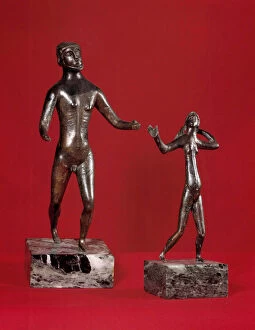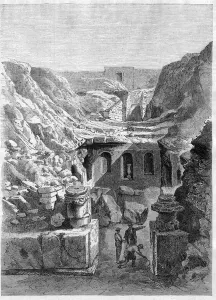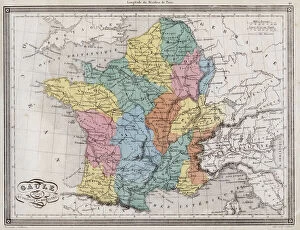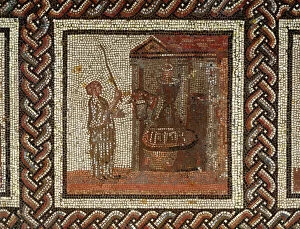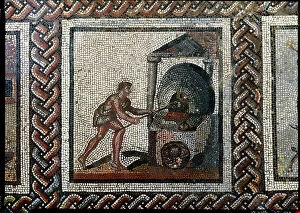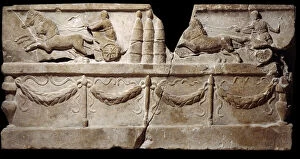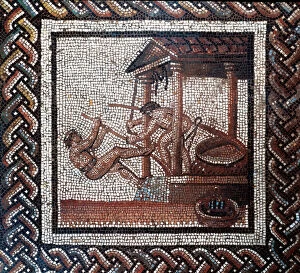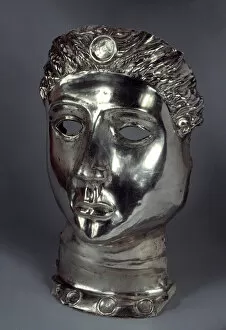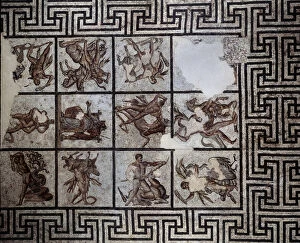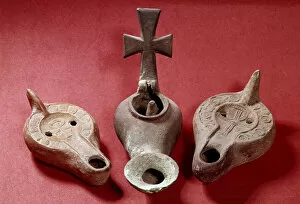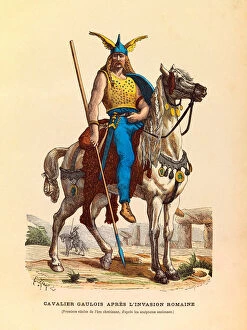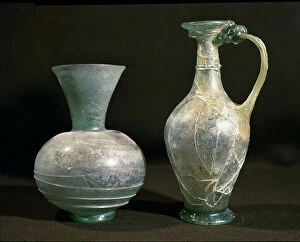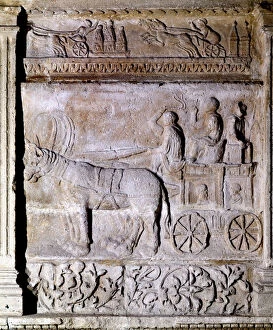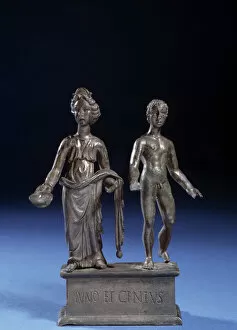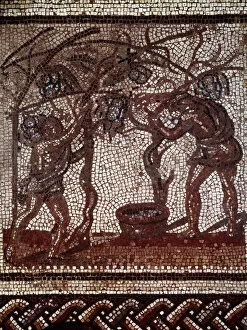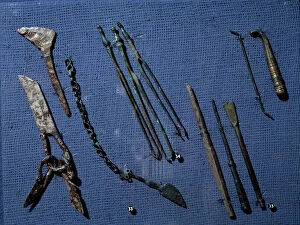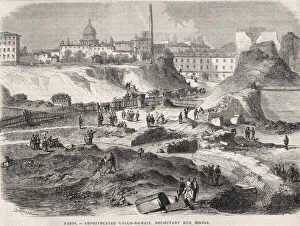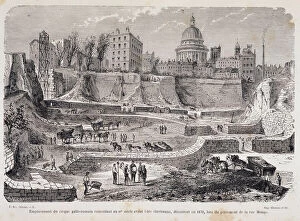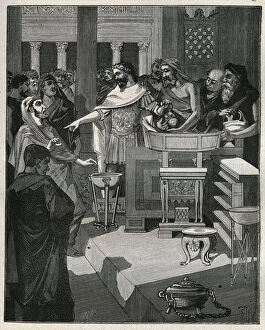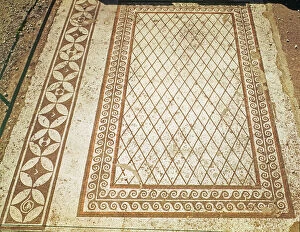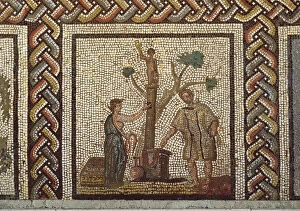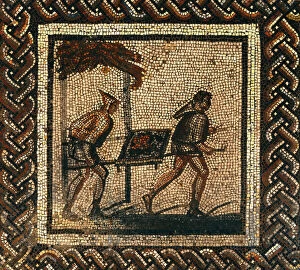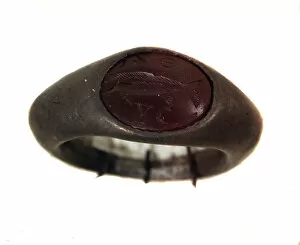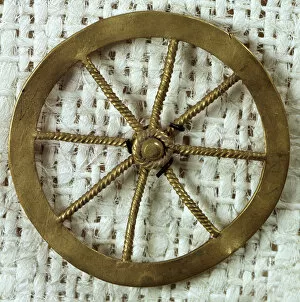Roman Gaul Collection (#3)
"Roman Gaul: A Tale of Conquest and Cultural Exchange" In the engraving depicting Vercingetorix before Julius Caesar after his surrender at the Siege of Alesia, 52 BC
All Professionally Made to Order for Quick Shipping
"Roman Gaul: A Tale of Conquest and Cultural Exchange" In the engraving depicting Vercingetorix before Julius Caesar after his surrender at the Siege of Alesia, 52 BC, we witness a pivotal moment in Roman Gaul's history. The mighty Gallic warrior chief bows before the formidable Roman general, marking the end of resistance against the expanding empire. Gaul, captured in marble by Roman artists in the 2nd century AD, portrays a fallen land. Its people subdued but not forgotten; their vibrant culture forever imprinted on history's canvas. The Gallic Wars come to life through Georges Conrad's illustration from "Our-Glory-Nationals, " showcasing Roman soldiers during the siege of Alesia. These brave warriors fought valiantly against rebellious Gauls, solidifying Rome's dominance over this ancient land. Julius Caesar himself takes center stage in an evocative illustration from 1895. This depiction captures him during his invasion of Gaul - a testament to his ambition and military prowess that reshaped European history. But beyond battles and conquests lies another facet of Gallo-Roman society – religion and spirituality. An assembly of druids commands spirits and expels demons atop a cliff in an engraving from Louis Figuier's "Les mysteres de science. " Their mystical practices shaped beliefs that endured even under Roman rule. Artifacts like "A Dying Gaul, " digitally enhanced from an original 19th-century print, remind us that beneath political struggles lay human stories filled with triumphs and tragedies alike. These sculptures speak volumes about individual lives caught up in historical events far larger than themselves. Theater scenes discovered preserved within Herculanum's Museum of Lortici reveal glimpses into everyday life during this transformative era. Gallo-Roman art immortalizes moments both mundane and extraordinary - reminding us that amidst conflict there was still room for creativity and expression. Yet not all interactions between Romans and Gauls were marked by conflict.





